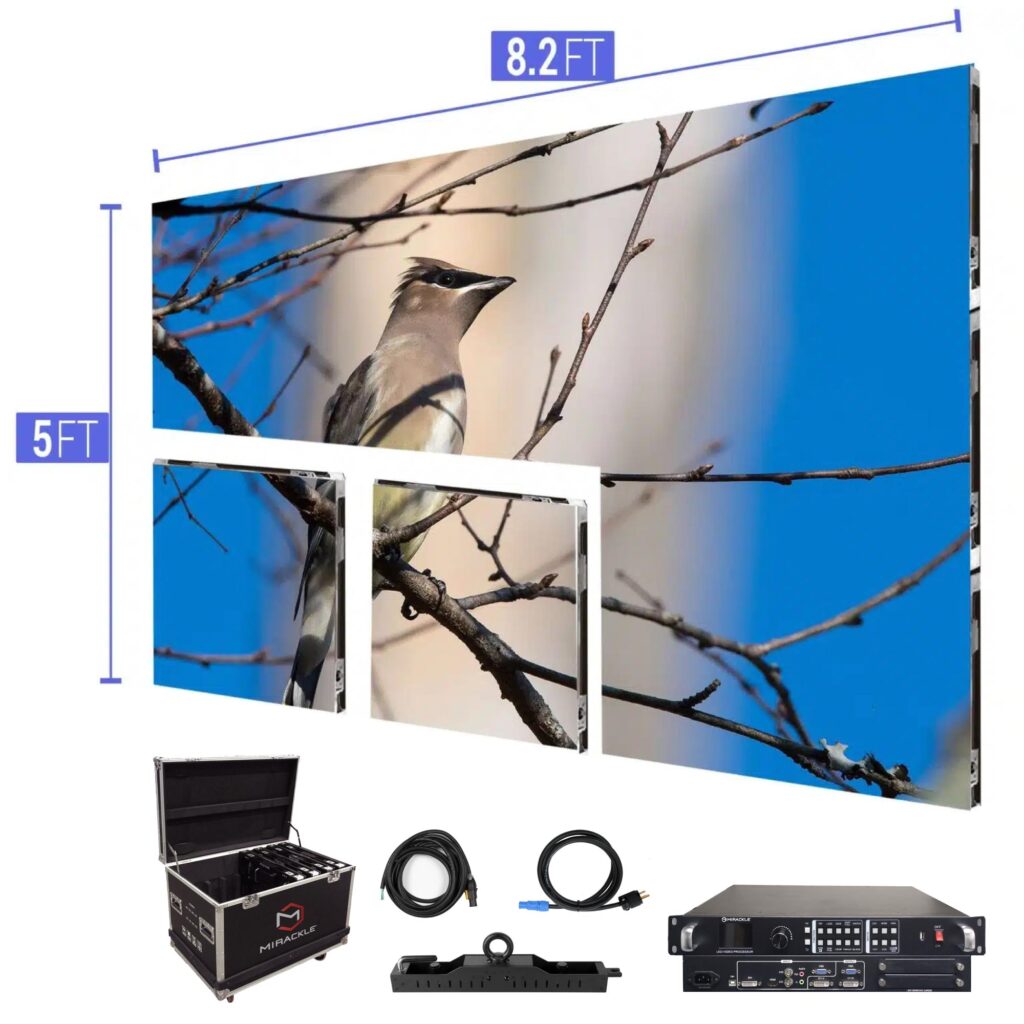Maximizing Aesthetic Impact Via Strategic Material Scheduling in Light Emitting Diode Wall Execution
Wiki Article
Maximizing aesthetic impact during LED wall shows requires careful preparation plus tactical content scheduling. LED walls represent potent tools in visual storytelling, often used in concerts, gatherings, and displays. The efficacy of these screens relies not only just upon the caliber of the images yet also on how and when they are presented. By comprehending the audience's attention span plus the rhythm of the event, event planners can create a more engaging experience that enthralls spectators plus improves the total performance.
One crucial element of strategic visual scheduling is timing. It is essential to synchronize the images to the beat and pace of the performance. For instance, during a musical show, images should complement the beat and mood of the music. This alignment aids to create a unified encounter that pulls the viewers in. Additionally, it is crucial to consider the length of each image segment. Short, impactful segments can sustain audience engagement, while extended images may be appropriate for instances of contemplation or emotional bonding. By altering the duration and intensity of the visuals, organizers can keep the viewers interested during the show.

Another crucial element is the content itself. The images shown on the LED wall should be relevant to the theme of the show. This pertinence aids to strengthen the narrative being conveyed and makes the experience more memorable for the viewers. For instance, if the show is about environmental awareness, using visuals that depict nature and wildlife can amplify the narrative. Furthermore, adding lively features, such as motion graphics or engaging graphics, can introduce excitement and keep the audience's attention. The right content, presented at the right moment, can significantly elevate the impact of the show.
Viewer engagement is also a key factor in visual timing. Understanding the demographics and preferences of the audience can guide the selection of visuals. For example, a younger crowd may react better to bright colors and fast-paced animations, while an older audience might appreciate more subtle and sophisticated visuals. By tailoring the content to the audience's interests, organizers can create a more personalized encounter that connects with spectators. Additionally, adding viewer involvement, such as real-time surveys or media engagements, can additionally improve involvement and render the performance more engaging.
Finally, evaluating the efficacy of the content scheduling is essential for future performances. Gathering feedback from the audience can provide valuable insights into what worked well plus what could be improved. This information can help organizers refine their strategies and make informed decisions for upcoming performances. By constantly evaluating and modifying the visual timing strategy, organizers can amplify check here the aesthetic impact of LED wall performances and craft memorable encounters for their viewers.